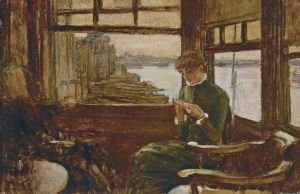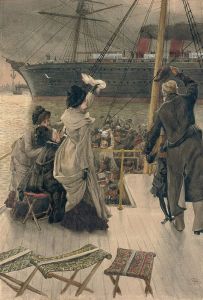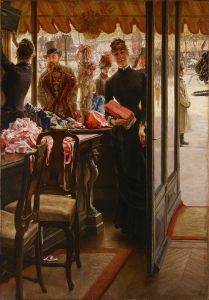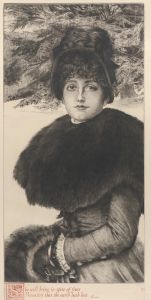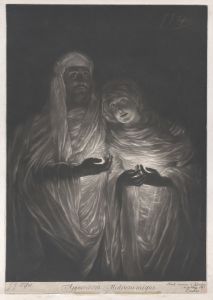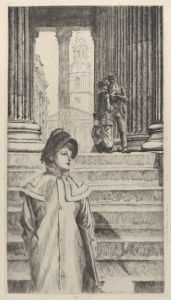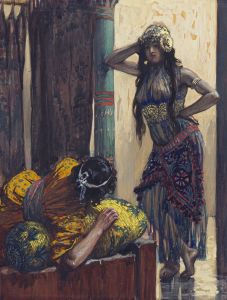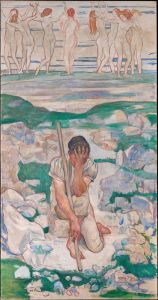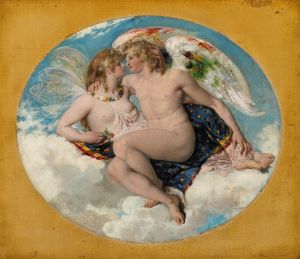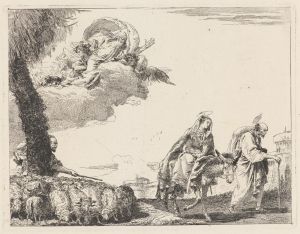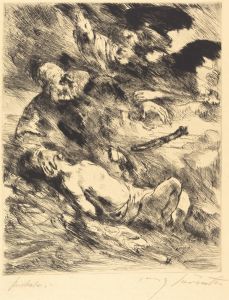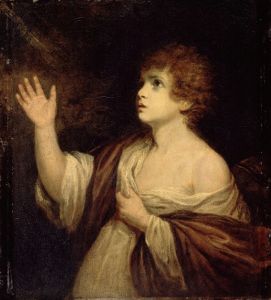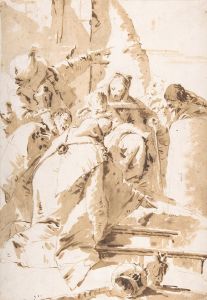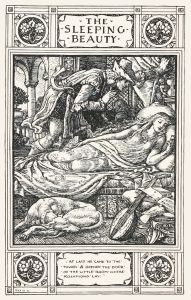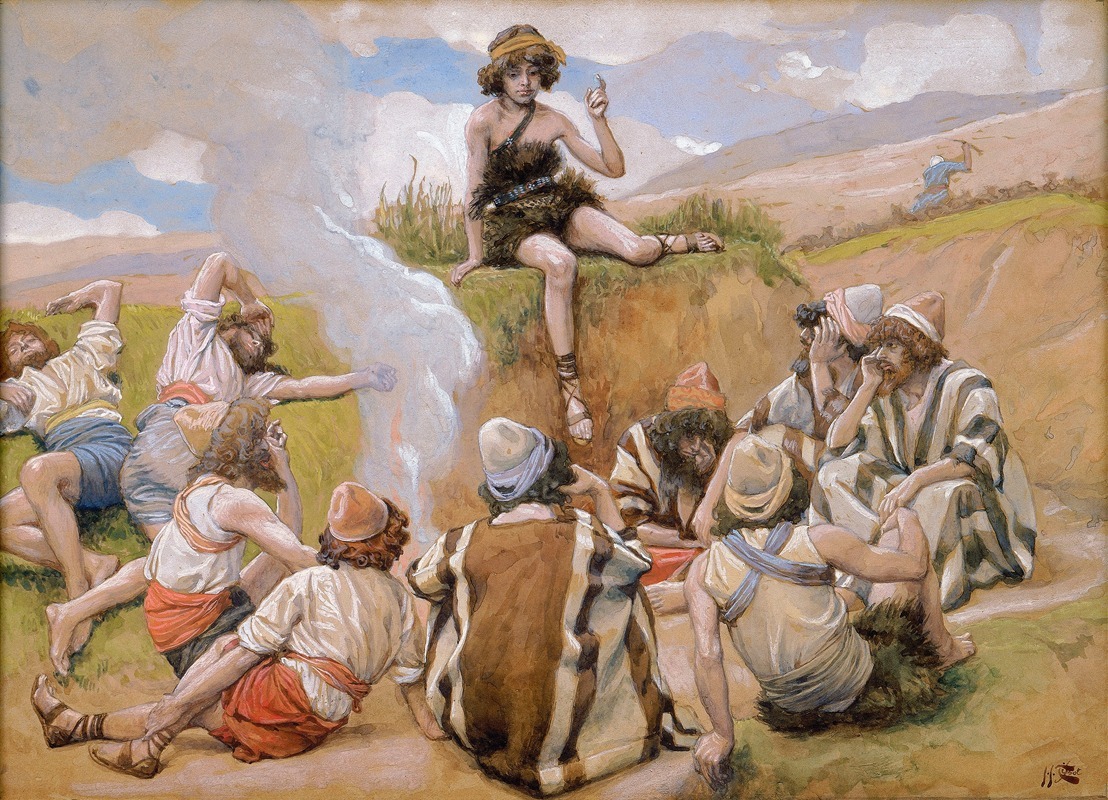
Joseph Reveals His Dream to His Brethren
A hand-painted replica of James Tissot’s masterpiece Joseph Reveals His Dream to His Brethren, meticulously crafted by professional artists to capture the true essence of the original. Each piece is created with museum-quality canvas and rare mineral pigments, carefully painted by experienced artists with delicate brushstrokes and rich, layered colors to perfectly recreate the texture of the original artwork. Unlike machine-printed reproductions, this hand-painted version brings the painting to life, infused with the artist’s emotions and skill in every stroke. Whether for personal collection or home decoration, it instantly elevates the artistic atmosphere of any space.
Joseph Reveals His Dream to His Brethren is a watercolor painting by the French artist James Tissot, created between 1896 and 1902. The artwork is part of Tissot's extensive series titled The Life of Christ, which includes over 350 watercolors depicting scenes from the Bible. However, this particular painting is based on a story from the Old Testament, specifically the Book of Genesis.
The painting illustrates the moment when Joseph, the eleventh son of Jacob, shares his prophetic dreams with his brothers. In the biblical narrative, Joseph recounts two dreams that symbolize his future rise to power and the subservience of his brothers. In the first dream, Joseph describes sheaves of grain belonging to his brothers bowing down to his own sheaf. In the second dream, he tells of the sun, moon, and eleven stars bowing to him. These dreams provoke jealousy and anger among his brothers, eventually leading to their betrayal of Joseph.
Tissot's depiction of this scene is characteristic of his meticulous attention to historical and cultural details. After a transformative trip to the Middle East in the late 19th century, Tissot sought to bring authenticity to his biblical illustrations by incorporating elements of the landscapes, architecture, and clothing he observed during his travels. In this painting, the figures are dressed in garments inspired by traditional Middle Eastern attire, and the setting reflects the arid environment of the region.
The composition of the painting emphasizes the tension between Joseph and his brothers. Joseph is typically portrayed as a youthful figure, standing or sitting apart from his brothers, who are shown reacting with a mix of disbelief, anger, and scorn. Tissot's use of watercolor allows for delicate detailing and subtle variations in color, enhancing the emotional depth of the scene.
This painting, along with the rest of The Life of Christ series, is housed in the Brooklyn Museum in New York City. The series was acquired by the museum in 1900 and remains a significant part of its collection. Tissot's works are notable for their blend of religious devotion, artistic skill, and ethnographic interest, making them an important contribution to 19th-century biblical art.





